During Ramadan, Irfan Hakim's Family Releases Two Religious Songs at Once
Irfan Hakim admitted to having difficulty in getting his children to record and shoot music videos.
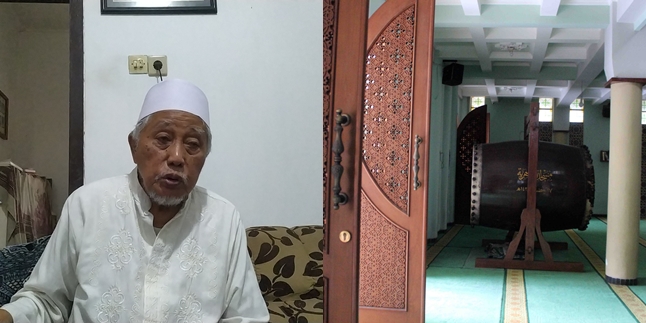
Kapanlagi.com - In the holy month of Ramadan, it's good for KLovers to increase their knowledge, one of which is about the mosque. Did you know? The At-Thohiriyah Mosque or Masjid Bungkuk in Pagentan, Singosari, Malang was built in the early 18th century. The existence of the mosque is inseparable from the preaching activities in the northern Malang area by Kyai Hamimuddin. Kyai Hamimuddin himself was a member of the army of Prince Diponegoro who fled when defeated in the Java War (1825-1830). The defeat caused the army to scatter in escape to several regions, including Malang.
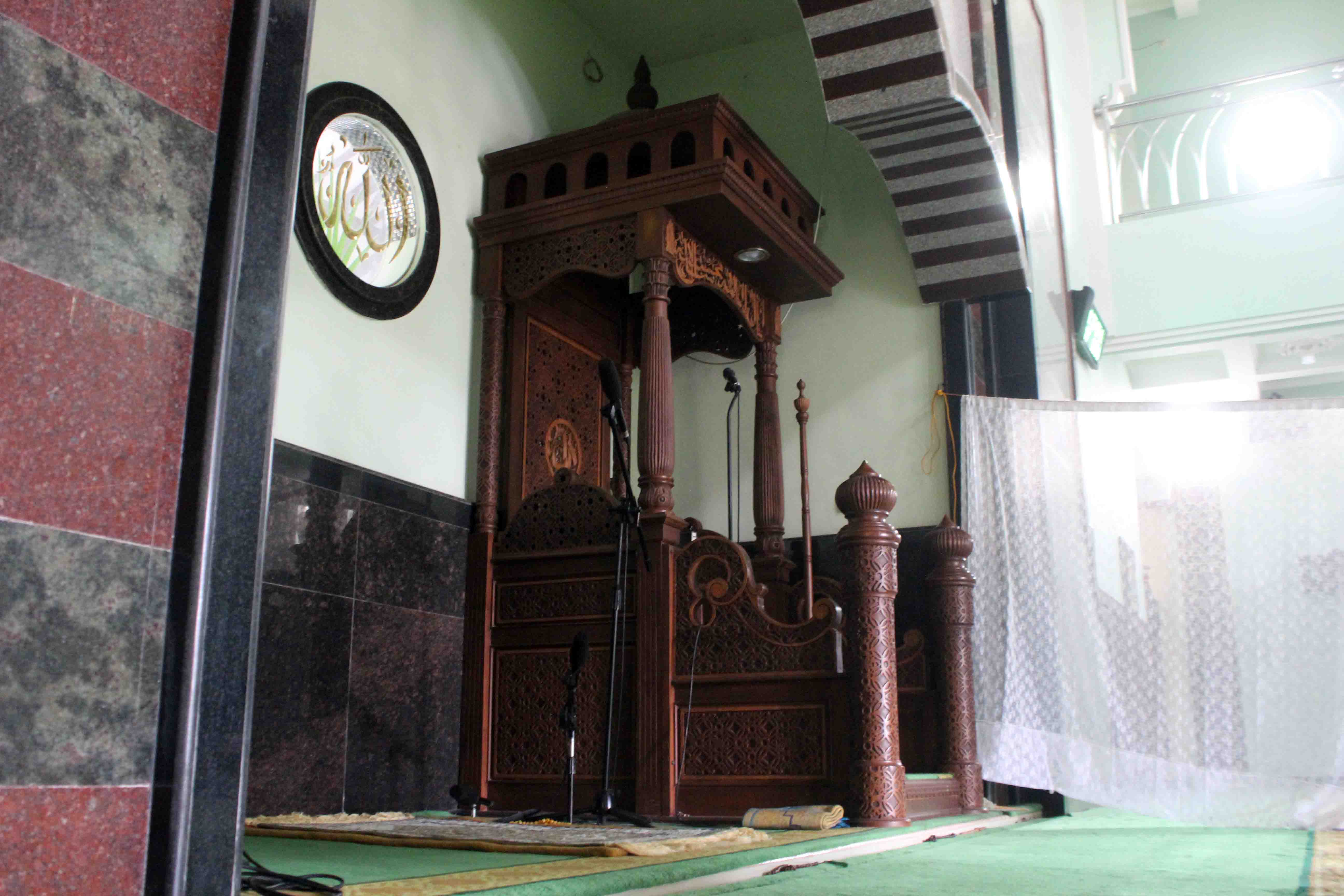
KH Moensif Nachrawi (87), the family of Kyai Hamimuddin, revealed that based on family documents and stories passed down from generation to generation, the construction of the Bungkuk mosque was preceded by preaching activities in small huts. At that time, the mosque had not yet been built, and even the location was still in the form of a wilderness forest. The area is indeed the remains of the Singosari kingdom which flourished about 500 years ago, with the majority of its people being Hindu.
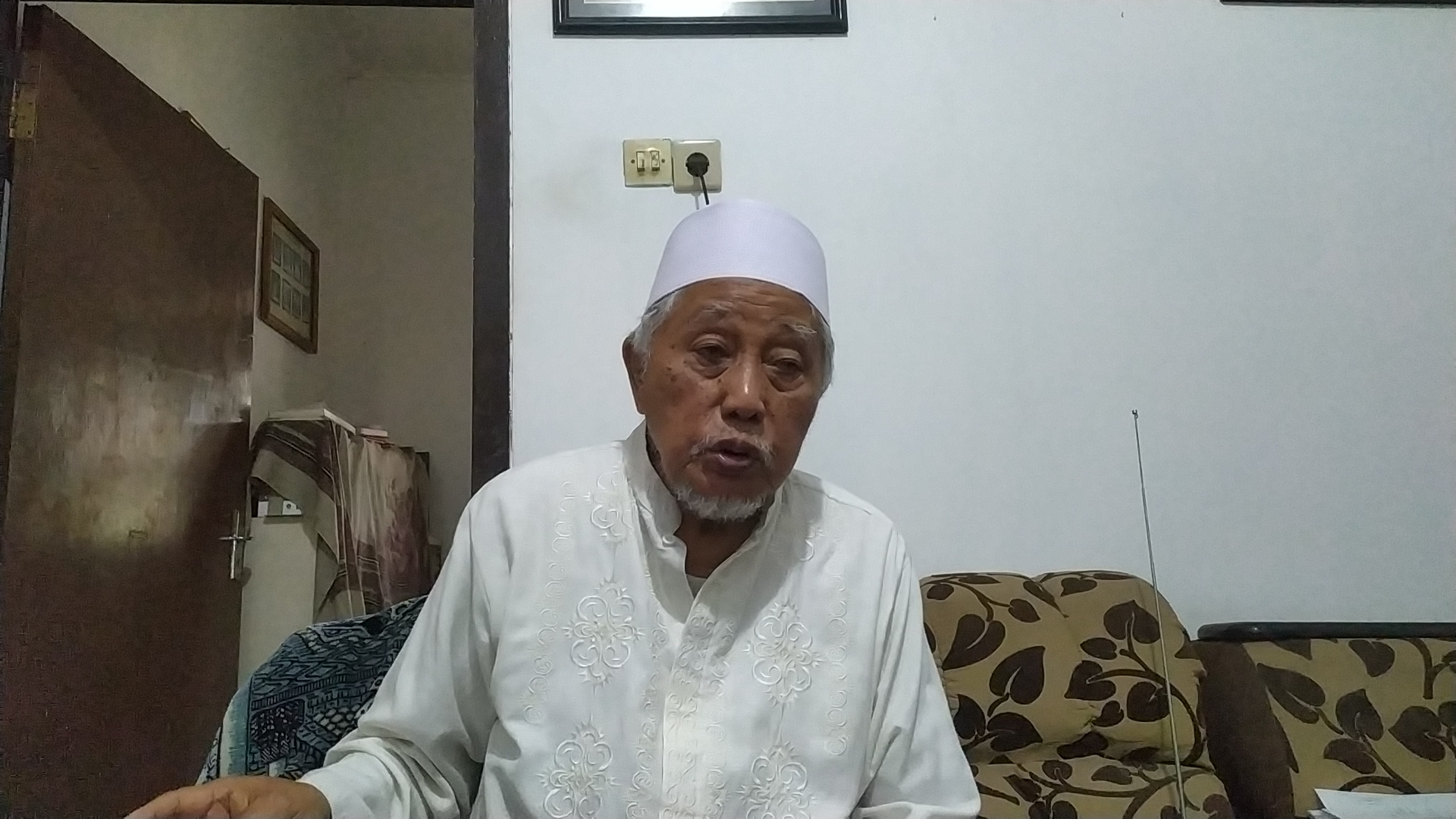
"From the Diponegoro troops who fled, one (Kyai Hamimuddin) ran here. Built a hut, called a hut because it was made of bamboo, gedeg and small buildings for teaching the Quran and praying," explained KH Moensif Nachrawi at his home on Jalan Bungkuk, Pagentan, Singosari, Malang, Saturday (9/4).
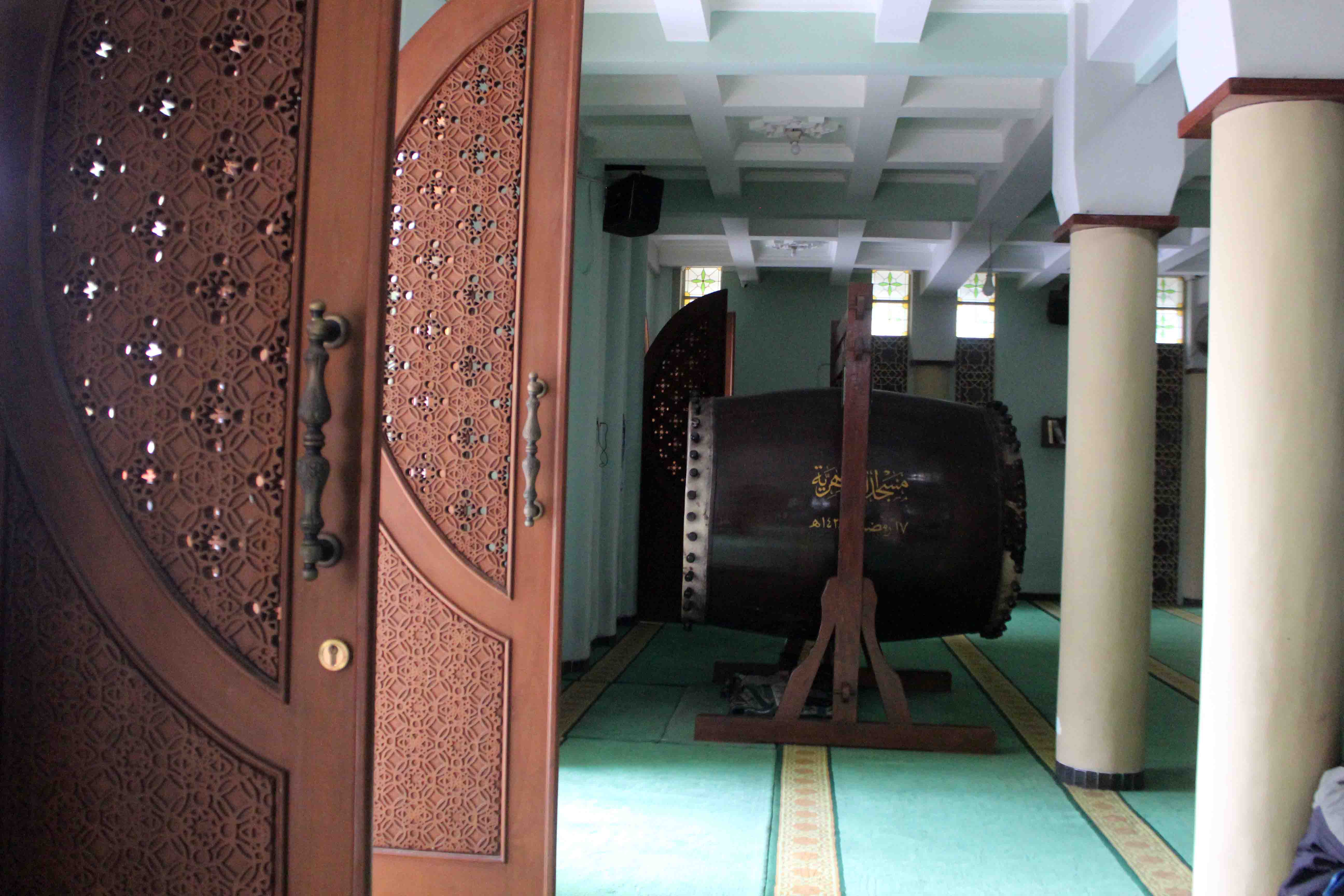

Pesantren Bungkuk © KapanLagi.com/Darmadi Sasongko
Kyai Hamimuddin teaches Islam with patience and without coercion. However, people flocked to the 'new religion' as an alternative belief that had been passed down for generations at that time. Through word of mouth, Islam and its teachings spread and attracted many people to come. Majelis or religious gatherings began to be attended by various groups of people, from farmers, traders, laborers, to even officials.
"When people hear about a new religion that does not differentiate between castes, they come in droves. Everyone is considered the same, there is no difference between them, the only thing that differentiates them is their taqwa," he said.
"They want to be appreciated, that's why these people converted to Islam. There is no coercion, from mouth to mouth, one story to another, so that it grows bigger and bigger over time," he emphasized.
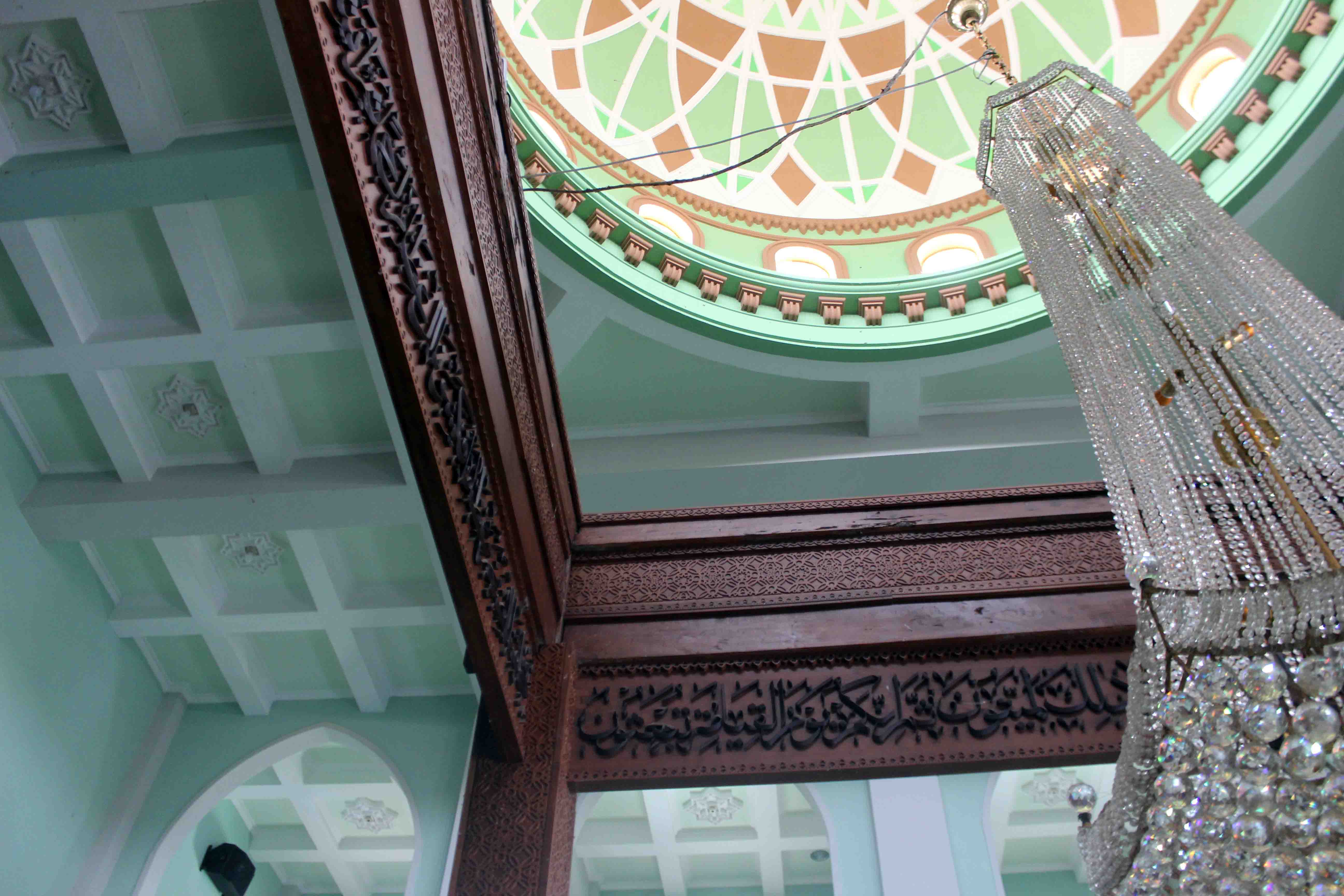
Pesantren Bungkuk © KapanLagi.com/Darmadi Sasongko
Meanwhile, the name Bungkuk itself is a nickname or term used by local residents to refer to the activities of Kyai Hamimuddin and his students. However, over time the name has remained attached to the area and has been passed down from generation to generation until now.
"When Kyai Hamimuddin taught there, reciting the Quran and praying, the place was known as Mbungkuk-Mbungkuk, without knowing what activities were taking place. It was the activity of the person who was prostrating, who was being taught by Kyai Hamimuddin. The community knew him as the Mbungkuk person and Mbungkuk was preserved as a region here, called the Mbungkuk region," he explained.
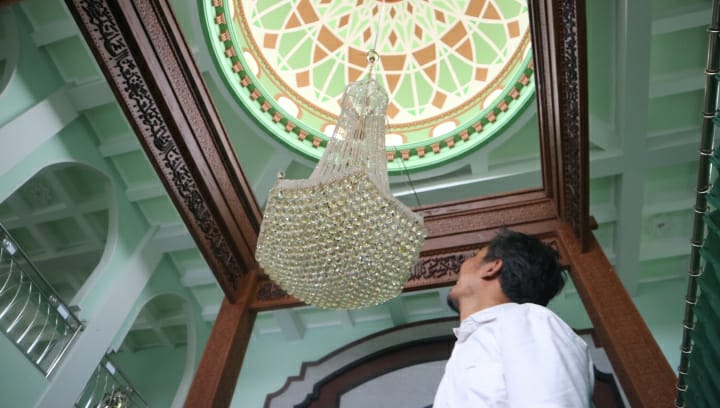
Pesantren Bungkuk © KapanLagi.com/Darmadi Sasongko
When the number of students increased and a larger place of worship was needed, it was decided to build a mosque. The construction of the mosque is estimated to have started in 1850, although its preaching activities had begun long before. The building was made more permanent by using wood, bricks, and tiles, although it is not very large by today's standards.
"The mosque that was built, initially only made of bamboo or huts, was then built semi-permanently, with bricks, wood, and tiles. Because the tiles had been started, there had to be supports, rafters, and poles. That was during the time of Kyai Hamimuddin, when the number of students began to increase," he explained.
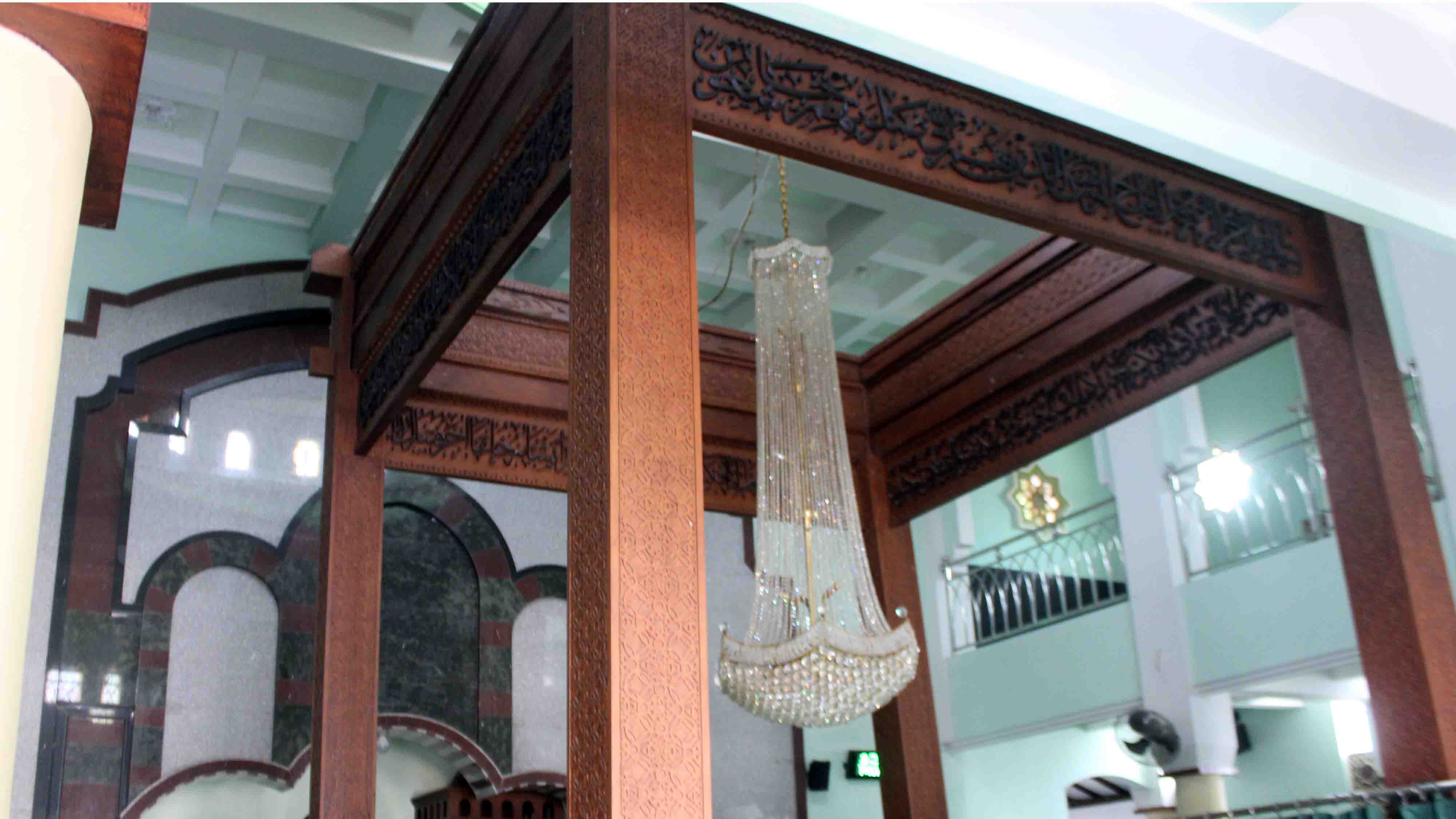
Pesantren Bungkuk © KapanLagi.com/Darmadi Sasongko
The Bungkuk Mosque has undergone several renovations as it is already 172 years old. However, the original building of four main pillars or soko guru is still preserved until now. The four pillars are positioned in the middle of the Masjid At-Thohiriyah mosque now. Its position is similar to the soko guru in Javanese-style houses, although it is no longer a support for the building above it.
"The four pillars are now immortalized. Because the current building is modern construction, it doesn't need wood, but the building in the form of four pillars is preserved until now. There is no connection to the building, but to preserve the remnants of Kyai Hamimuddin's era," he explained.
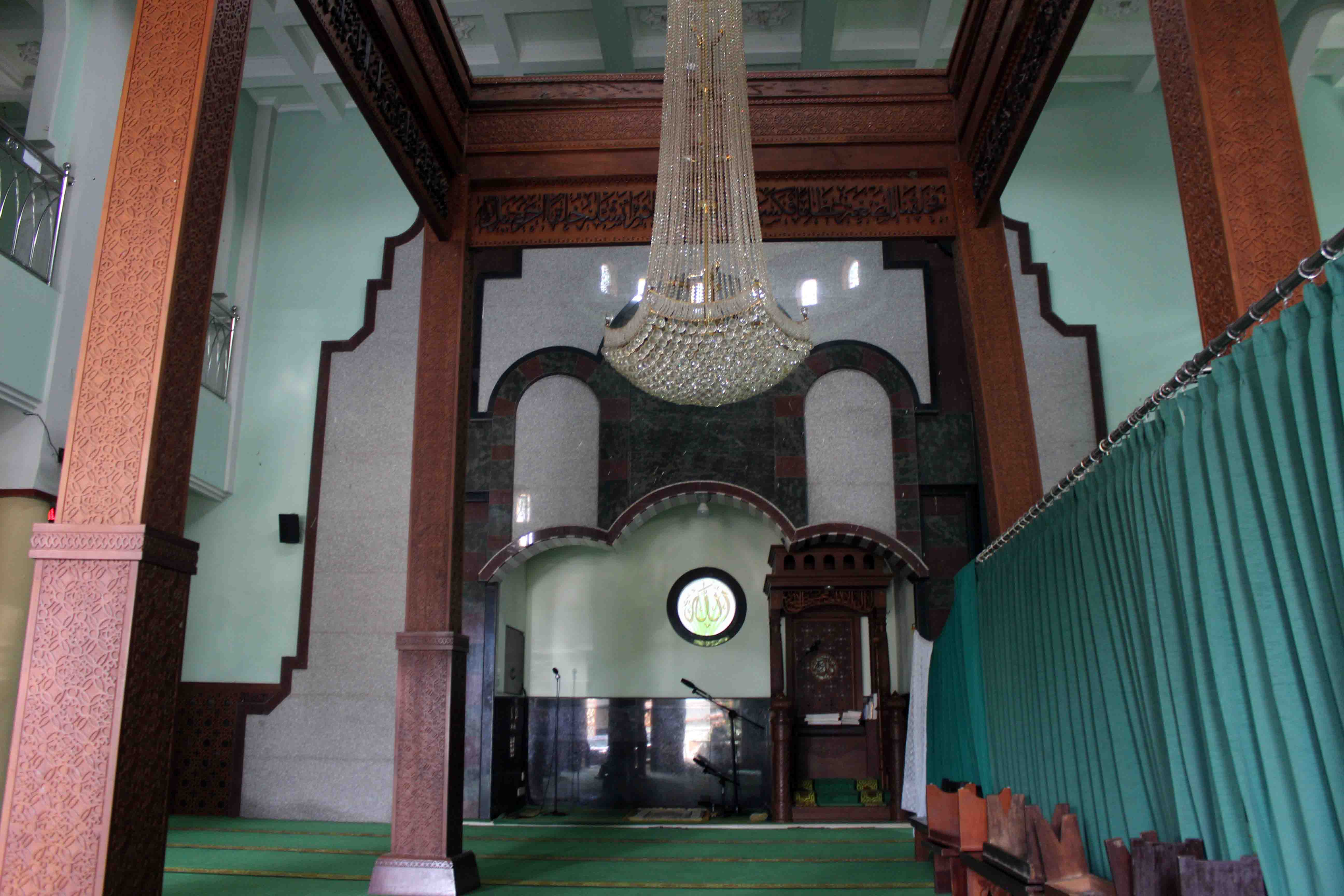
Pesantren Bungkuk © KapanLagi.com/Darmadi Sasongko
As is known, the escape of Prince Diponegoro's warriors later became known as the spread of Islam. The arrival of Kyai Hamimuddin is estimated to be at the same time or together with Eyang Jugo (Soeryo Koesoemo or Kyai Zakaria II), a figure who spread Islam in Gunung Kawi, Wonosari, Malang.
Therefore, it is possible that in Gunung Kawi or other locations where Prince Diponegoro's warriors fled, there are also similar places of worship. "The message often said by Pageran Diponegoro, wherever you are, spread Islam," he emphasized.
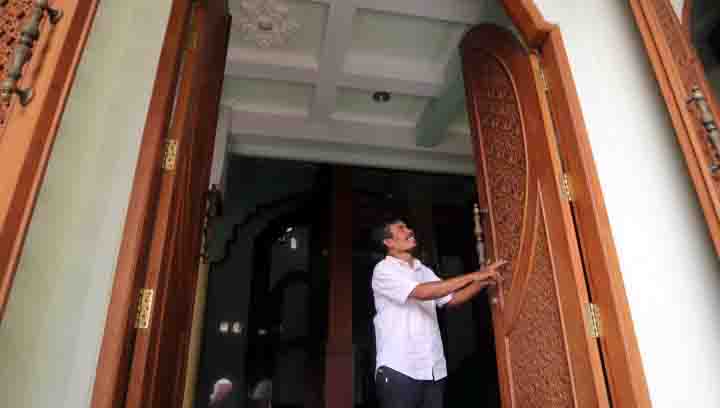
© KapanLagi.com/Darmadi Sasongko
At first glance, the top part looks like wood that has rotted or has holes from termites or similar insects. The wood is supported by the bottom part which is already wrapped in carved teak wood with verses from Surah Al-Mukminun. The four pillars are also wrapped in carved teak wood. The original wood is not visible because it is in the middle or covered with teak wood.
Regarding the existence of the Bungkuk Mosque as the oldest in Malang Raya, KH Moensif Nachrawi cannot confirm this claim. Although some historians often make such statements.
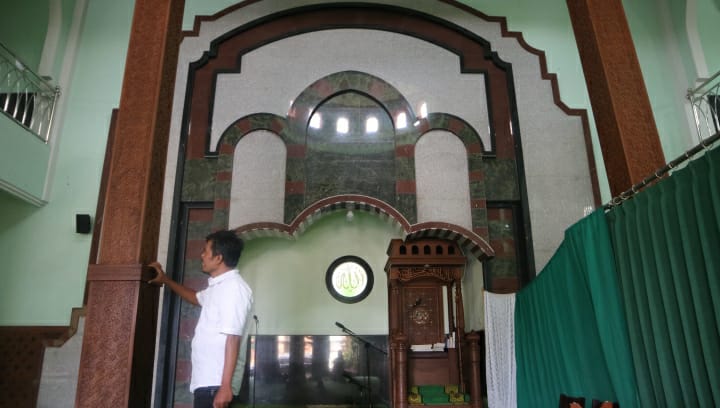
© KapanLagi.com/Darmadi Sasongko
After Kyai Hamimuddin, the leadership of the boarding school was continued by KH Muhammad Thohir, the son-in-law from his marriage with his seventh daughter, Murtosiah. Kyai Thohir, who came from Banggil, Pasuruan, and still had the bloodline of Sunan Ampel.
Kyai Thohir was known as a walliyullah and charismatic figure. Two National Heroes, KH Hasyim Asyari and KH Masjkur, once studied under Kyai Thohir. KH Hasyim Asyari is the founder of NU and KH Masjkur is known as the Leader of Laskar Sabilillah and Minister of Religion during the era of President Ir. Soekarno.
Kyai Thohir passed away in 1933 and the boarding school was continued by his son, KH Nachrowi Thohir. KH Nachrowi Thohir is known as one of the founders of Nahdlatul Ulama (NU) along with 12 other Great Kyai. KH Nachrowi Thohir also served as the Chairman of PB NU.

© KapanLagi.com/Darmadi Sasongko
Pondok Pesantren Bungkuk has been a center for Islamic activities and preaching for generations until now. KH Moensif Nachrawi himself is the fourth generation descendant of KH Hamimuddin.
The founders of Pondok Pesantren Bungkuk or Miftahul Falah are buried in front of the At-Thohiriyah Mosque complex. These graves bear witness to the history of the struggle for the journey of Islamic civilization in Malang Raya.
(kpl/dar/dyn)
Cobain For You Page (FYP) Yang kamu suka ada di sini,
lihat isinya
Irfan Hakim admitted to having difficulty in getting his children to record and shoot music videos.
The song titled 'Lupa Bersyukur' (Forget to Be Grateful) was written by the vocalist, Teguh Permana.
Arif Riyadi, a 35-year-old man, has apparently loved rebana music since he was a child. Starting from his love for accompanying music during shalawat, he then developed his skills in playing the rebana.
Although a series of negative news once hit their relationship, Venna and Ferry now appear more harmonious.
In this Ramadan month, not only Katty Butterfly has become more diligent in worship. She also teaches her daughter, Katherine Tanu Wijaya, to learn to recite the Quran.
One month of marriage, the romance between Venna Melinda and Ferry Irawan remains intact.
During Ramadan, these celebrities also cover their aurat even though they haven't worn hijab. Who are they?
Model Yumi Kwandy, who is Chika Kinsky's girlfriend, amazed everyone when she looked beautiful wearing a hijab on the Jakarta Fashion Week runway.
Here is the meaning of the Al Qariah surah, along with the contents of the Al Qariah surah and the virtues of reading the Al Qariah surah. Check it out directly.
Ramadan is a holy month full of blessings, and that's what Terry Shahab feels. Yes, she feels grateful to be able to fast again.
Dewi Perssik chooses to calm herself and strengthen her worship during the month of Ramadan.
Selvi Kitty is seen diligently wearing a hijab during Ramadan. Check out her photos here!